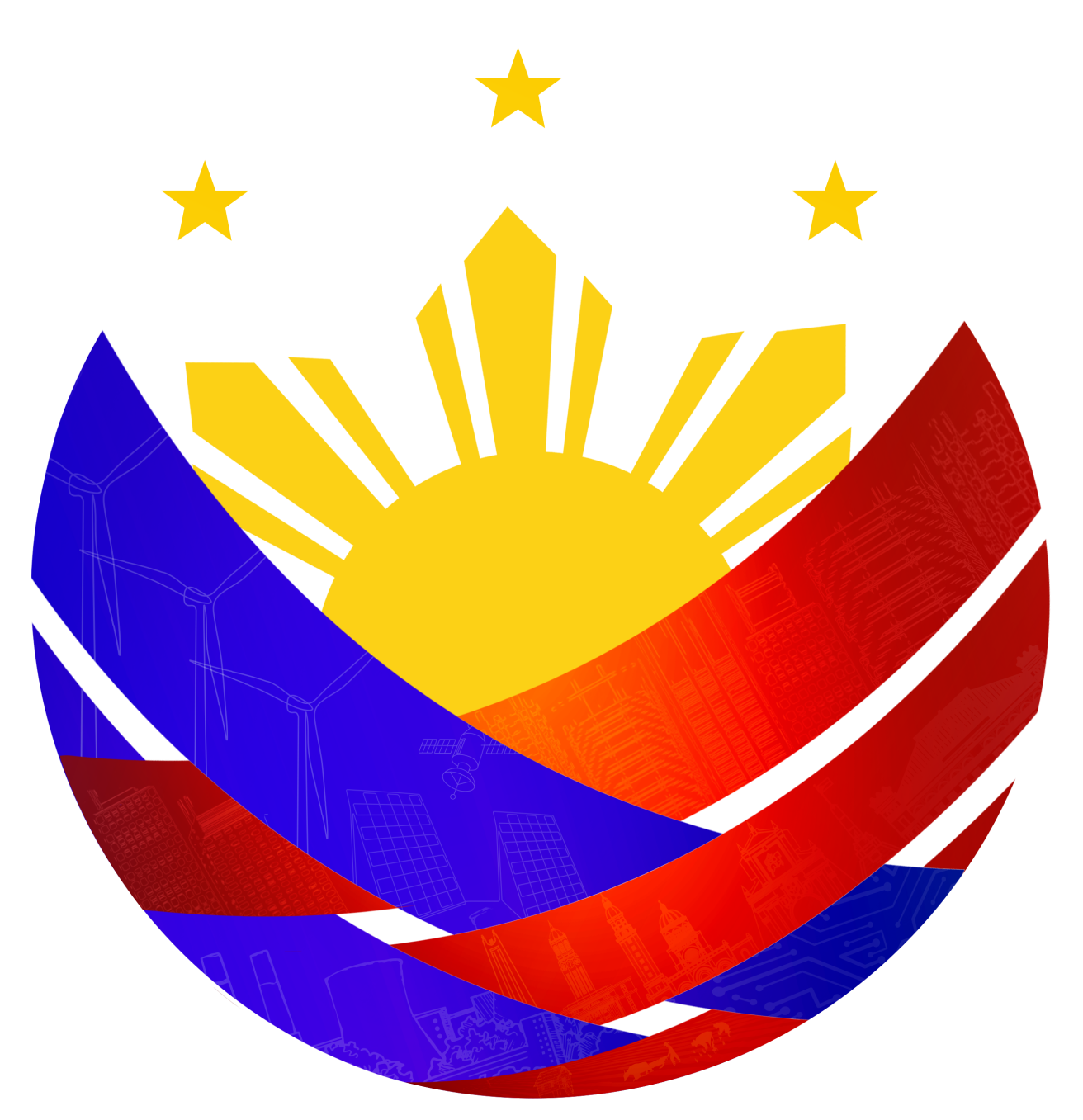
Province of Samar
Samar, also known as 'Western Samar,' is a province of the Philippines located in the Eastern Visayas Region (Region VIII) of the Visayas. The province covers roughly 6,048.03 square kilometers and is composed of 24 municipalities, 2 cities and a total of 951 barangays. The capital of the province is Cathalogan. The name Samar comes from the local Waray-Waray word 'Samal' or 'Samaria,' which early Spanish colonizers recorded.
History
Samar, historically called Western Samar, is the largest of the three provinces on the island of Samar in the Eastern Visayas region of the Philippines. The island was originally inhabited by the Waray people, who were skilled seafarers and traders. Early Spanish explorers, including Ferdinand Magellan's expedition in 1521, documented the island and its inhabitants. The name 'Samar' is believed to have come from the local word 'Samal' or 'Samaria,' referring to the rough terrain or strong coastal currents. During the Spanish colonial period, Samar became an important area for trade and missionary activities, with several towns established along its rivers and coastlines. The province played a notable role in the Philippine struggle against Spanish and later American colonization. In 1898, following the Philippine Revolution, Samar became part of the short-lived First Philippine Republic. During the American period, it was organized under civil governance, and the province faced several uprisings, including the famous Balangiga encounter in 1901, where Filipino insurgents attacked American troops. In 1965, the island of Samar was divided into three provinces: Northern Samar, Eastern Samar, and Western Samar, with Cathalogan as the capital of Western Samar. Four years later, in 1969, Western Samar officially reverted to the name Samar. Today, Samar is known for its rich natural resources, historical landmarks, and cultural heritage, remaining an important province in the Eastern Visayas region.